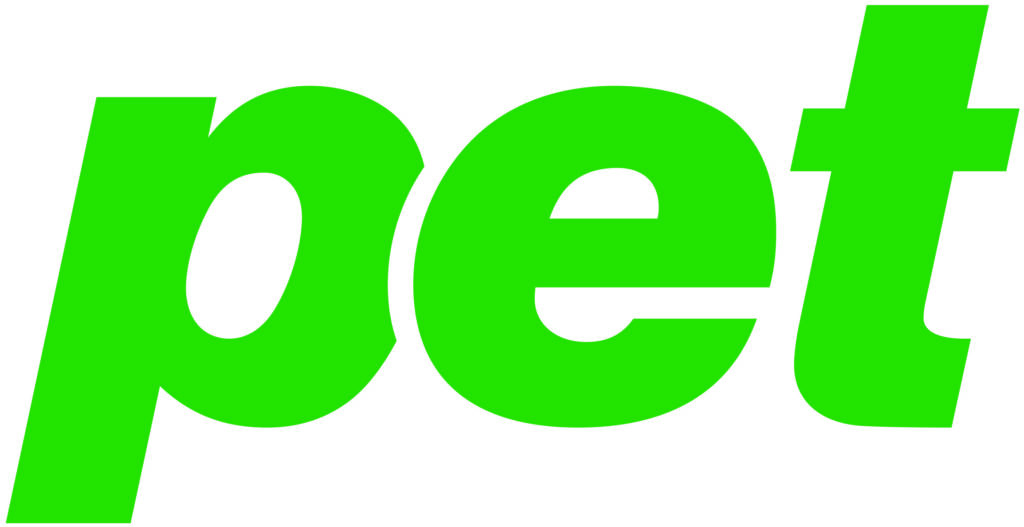Pet food price monitoring wasn’t on my radar for a long time. I believed that experience and gut feeling were enough to set competitive prices. What I didn’t realize: our pricing mistakes were costing us revenue. Not once – but consistently. Today, I know that professional price monitoring not only saves time, it actually earns money.
Mistake #1: We Reacted Too Late to Market Changes
By the time we noticed that our bestseller was significantly more expensive than the competition, it was already too late. Sales were dropping, and our retail partners were pushing for discounts. With proper pet food price monitoring, we would have seen early on that several competitors had lowered their prices – and we could’ve responded in time.
Mistake #2: Our Promotional Prices Were Set Blindly
We planned promotions without knowing when our competitors were offering discounts. The result? Wasted campaigns. Sometimes we reduced prices while others kept theirs steady, or we completely missed strong promotional windows. Effective pet food price monitoring tells you exactly when and where brands are discounted – and for how long.
Mistake #3: Our Pricing Strategy Wasn’t Data-Driven
We lacked a clear overview of our pricing across channels. Different platforms, different prices – but no one had a current snapshot. Later, with structured pet food price monitoring, we could clearly see:
• Where our products were underpriced
• Where we were losing margin
• And where we were under competitive pressure without realizing it
Mistake #4: We Had No Argument – Only Intuition
When talking to retail partners, we often couldn’t back up our pricing. “Our prices are competitive” wasn’t convincing without data. With professional pet food price monitoring, we suddenly had solid arguments – backed by numbers, charts, and competitive benchmarks. It earned us respect – and better terms.
Mistake #5: We Missed Price Patterns
Price changes in the pet food market follow patterns: seasonal discounts, monthly offers, competitive reactions. We didn’t recognize these patterns early on. But since implementing continuous pet food price monitoring, we can anticipate trends – and act strategically.
What Changed Since We Started Monitoring Prices Professionally?
Introducing a structured pet food price monitoring tool (in our case: PetfoodIndex) changed everything:
• We save hours of manual research every week
• We detect price changes instantly
• We position products more effectively and manage margins with precision
• Our sales team is equipped with facts – not assumptions
Why Pet Food Price Monitoring Is Essential Today
The pet food market is fast-moving. New brands, aggressive promotions, platform pressure – without real-time oversight, it’s easy to lose control. Continuous pet food price monitoring isn’t just for large corporations anymore. It’s essential for mid-sized manufacturers too.
Looking back, I wish we’d started sooner. Every one of those five mistakes could have been avoided – with the right data at the right time.
Final Thought: If You Don’t Monitor Prices, You Lose Control
Here’s what I’ve learned: controlling prices doesn’t mean keeping them rigid. It means managing them strategically – based on facts. With professional pet food price monitoring, we’ve transformed our pricing process. And we’re seeing the results: more clarity, better margins, fewer surprises.
👉 Check out the report – with daily monitoring of over 220 brands in the pet food market.
This topic will also be featured at the HeimtierKongress – grab your ticket today.



